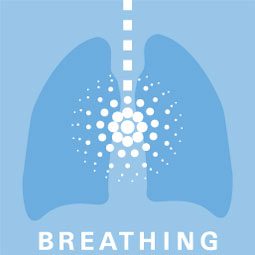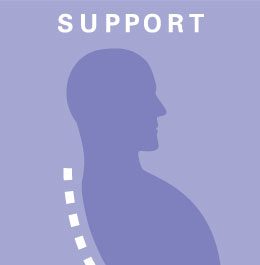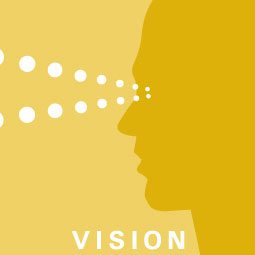Do you know the four pillars of ergonomics?
You have likely heard again and again of the first pillar, support, as ergonomic task chairs become the standard in office seating. Lower back pain has long been an issue and a properly adjusted ergonomic task chair can dramatically reduce strain on the back and legs. Footrests can also improve circulation in the legs, reducing cramping and strain. You may also have heard of the second pillar, reach, as organisations and employees alike wage war on wrist, neck and shoulder pain. The weapons of choice in this war on unhealthy posture? Adjustable keyboard systems, mouse platforms, and monitor arms.
The final two pillars are unfortunately far less commonly discussed or well known. The third pillar of ergonomics is vision. As our bodies naturally gaze approximately 15 degrees downward, monitors should be positioned at arm’s length with the top line no higher than eye level. Our eyes also require different lighting levels for different tasks. When viewing a light-emitting computer monitor, a dimly lit environment is beneficial while viewing paper documents which reflect the light demands a much brighter light level. Eye strain can cause difficulty focusing or headaches, the use of task lights to institute a dual-source lighting scheme drastically reduces this ergonomic concern. The final pillar is breathing. Indoor air quality is an issue that is frequently overlooked. The EPA actually states that indoor air is up to five times more polluted than outdoor air. Dust, allergens, colds and the flu easily spreads in a recycled air environment. Ensuring your office has the proper air filtration systems in place can reduce the time employees spend sick or suffering from headaches.
The video below was created by the knowledgeable folks at Humanscale and further explains the four pillars of ergonomics.
Cory Porteous
Marketing Manager
Office Interiors
The conclusions of this blog are based on information published by Humanscale on their website and in a white paper.





